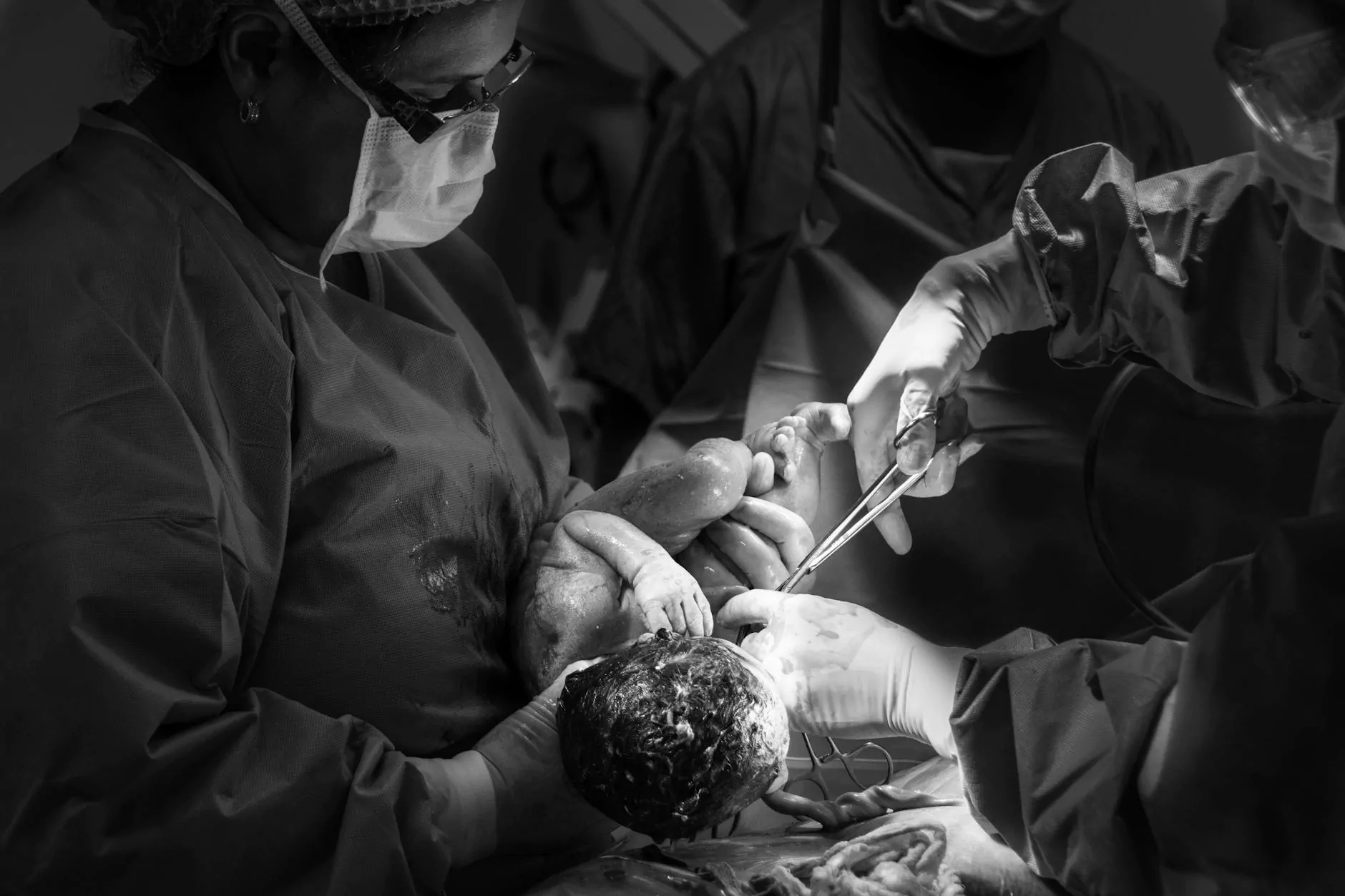Lung Surgery Procedure: Comprehensive Guide to Understanding and Recovery

The necessity for a lung surgery procedure often arises from various conditions that affect lung health, ranging from cancer to chronic obstructive pulmonary disease (COPD). Understanding these procedures can alleviate anxiety and empower patients to engage actively in their health care decisions. This article delves into the world of lung surgeries, providing key information on types, preparation, recovery, and ways to ensure a smooth process.
Types of Lung Surgery Procedures
Lung surgeries can primarily be categorized into different types based on the specific condition and surgical approach. Below are some of the most common lung surgery procedures:
- Lobectomy: This is the removal of one lobe of the lung and is often performed for lung cancer or severe infections.
- Pneumonectomy: Involves the removal of an entire lung, generally due to malignancy or widespread disease.
- Segmentectomy: Focused on the removal of a segment of the lung lobe, typically used for small tumors.
- Video-Assisted Thoracoscopic Surgery (VATS): A minimally invasive technique allowing surgeons to access the thoracic cavity through small incisions.
- Thoracotomy: This traditional surgical approach involves a larger incision to access the lungs but is necessary for certain complex cases.
- Bronchoscopy: A less invasive procedure intended for biopsy or laser treatment of lung lesions.
Preoperative Preparation for Lung Surgery
Preparing for a lung surgery procedure requires thorough planning and discussions with healthcare professionals. Potential patients should be informed about the following:
Medical Evaluation
Before surgery, a comprehensive medical evaluation is essential. This evaluation may include:
- Chest X-rays and CT scans to assess lung condition.
- Breathing tests (pulmonary function tests) to evaluate lung capacity.
- Blood tests to ensure overall health.
- Heart tests (like EKGs) to check underlying cardiovascular issues.
Discussing Anesthesia Options
During the preoperative meeting, discuss anesthesia with your surgeon and anesthesiologist. Most lung surgeries require general anesthesia, but some minimally invasive surgeries may use local anesthesia.
Medications and Lifestyle Adjustments
Patients should inform their healthcare team about all medications being taken. You might need to stop certain medications like blood thinners ahead of the surgery. Additionally:
- Smoking cessation is critical for better recovery.
- Maintain a healthy diet to boost immune function.
- Engage in light exercise, as permitted by your doctor.
What to Expect on the Day of Surgery
The day of the lung surgery procedure can bring a mix of emotions, including anxiety and hope. Here’s what typically happens:
Arrival at the Medical Center
Arrive at the designated time, allowing for preoperative procedures such as:
- Registration and insurance verification.
- Final assessments and preparations in the preoperative area.
The Surgical Procedure
Once in the operating room, the following steps generally take place:
- Administration of anesthesia, which will keep you unconscious and pain-free.
- Monitoring of vital signs throughout the surgery.
- Performance of the planned surgical intervention by the surgeon, followed by closing incisions.
Postoperative Recovery and Care
Recovery is a critical phase following a lung surgery procedure. Understanding what to expect can help ease your transition:
Immediate Postoperative Care
After surgery, you will be taken to the recovery room. Here, healthcare providers will:
- Monitor your heart rate, breathing, and blood pressure.
- Manage pain with medication.
- Ensure you regain consciousness from anesthesia.
Hospital Stay Duration
Your hospital stay can vary, but typically ranges from a few days to a week, depending on the type of surgery and your overall health.
Managing Pain and Discomfort
Pain management is vital for recovery success. Medical professionals will provide prescriptions and techniques to mitigate discomfort, including:
- Use of prescribed pain medications.
- Breathing exercises to prevent complications.
- Gradual mobilization to promote lung function.
Long-Term Recovery and Follow-Up Care
Ultimately, recovery from a lung surgery procedure extends beyond the hospital stay. Long-term strategies include:
Follow-Up Appointments
Regular visits to your healthcare provider are essential for monitoring recovery, lung function, and any potential complications.
Rehabilitation Services
Many patients benefit from pulmonary rehabilitation, which combines education and exercise to help restore lung function effectively.
Lifestyle Changes
Consider integrating the following into your lifestyle for optimal lung health:
- Regular physical activity tailored to your abilities.
- A balanced diet rich in antioxidants and vitamins.
- Regular check-ups with your doctor to track lung health.
Conclusion: Empowering Your Journey Through Lung Surgery
Understanding the intricacies of a lung surgery procedure can ease the path from anxiety to recovery. Empower yourself with knowledge about the types of surgeries available, the preparation required, and what recovery looks like. Engaging with expert healthcare providers at neumarksurgery.com can further enhance your journey to improved lung health, ensuring that you receive the best possible care tailored to your needs.
Remember, taking steps towards your lung health is a commendable decision. With the right support and care, the road to recovery can lead to a healthier, more vibrant life.









